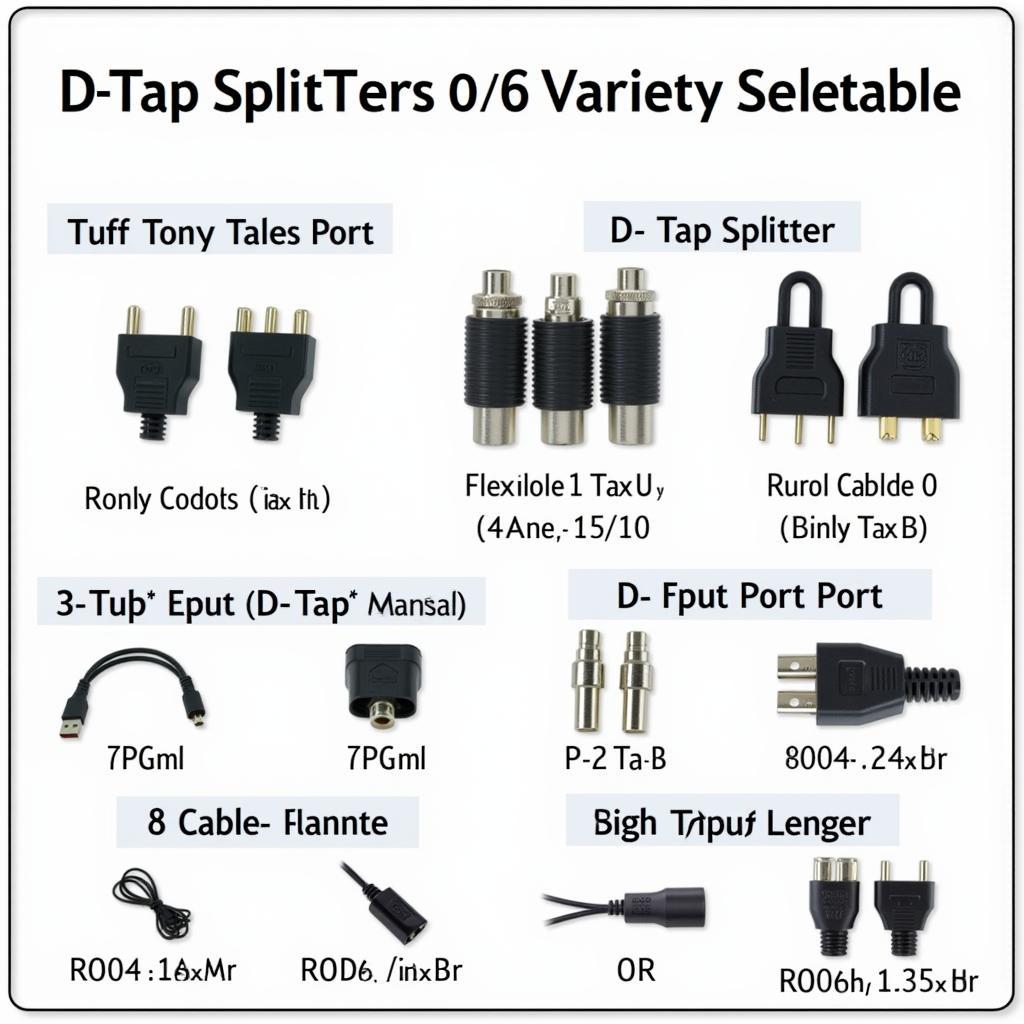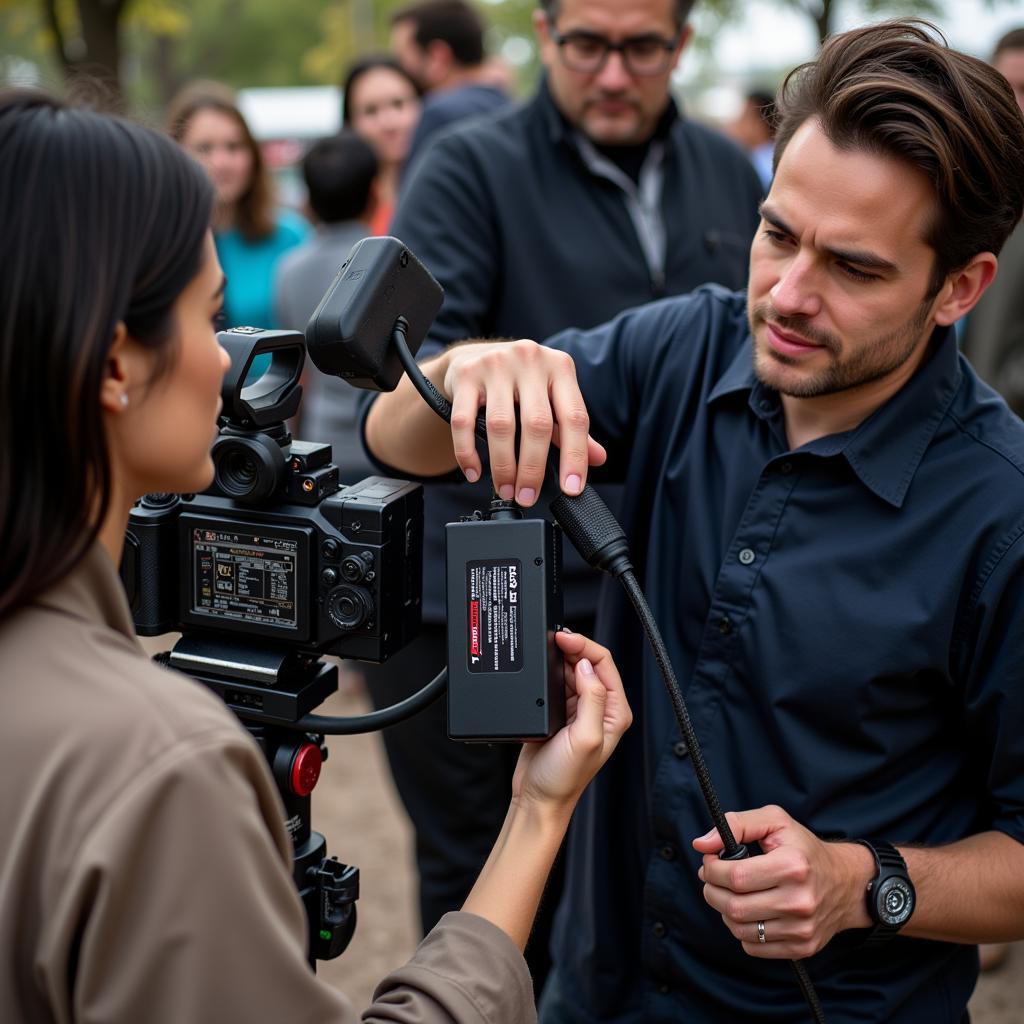Understanding D-Tap Splitters: Your Guide to Power Distribution in Film and Photography
October 16, 2024D-tap splitters have become essential tools for professionals in the film and photography industry. They provide a convenient and reliable way to power multiple devices simultaneously from a single battery source, streamlining workflows and ensuring uninterrupted operation on set or location.
Why are D-Tap Splitters Important?
Imagine you’re on a film set, surrounded by cameras, lights, monitors, and audio equipment. Each of these devices requires a power source, and the last thing you want is a tangled mess of cables and adapters. D-tap splitters simplify this by allowing you to create a centralized power distribution system.
How does a D-tap Splitter Work?
A D-tap splitter essentially takes the power output from a battery equipped with a D-tap port and divides it among multiple output connectors. These connectors are typically D-tap ports themselves, allowing you to daisy-chain multiple splitters if needed. The splitter regulates the power distribution, ensuring each connected device receives the correct voltage and amperage.
Choosing the Right D-tap Splitter
 Various D-tap splitters with different numbers of ports and cable lengths.
Various D-tap splitters with different numbers of ports and cable lengths.
Not all D-tap splitters are created equal. Here are key factors to consider:
- Number of Ports: Determine how many devices you need to power simultaneously and choose a splitter accordingly.
- Cable Length and Type: Consider the distance between your power source and devices. Flexible cables offer better maneuverability in tight spaces.
- Build Quality: Opt for durable, well-constructed splitters that can withstand the demands of professional use.
Benefits of Using D-Tap Splitters
- Simplified Power Management: Eliminate the need for multiple batteries and chargers, streamlining your setup.
- Increased Portability: Reduce cable clutter and optimize your gear for on-location shoots.
- Enhanced Reliability: Ensure consistent power delivery to prevent interruptions during critical moments.
- Cost-Effectiveness: Investing in a quality D-tap system can save you money on individual batteries and chargers in the long run.
D-Tap Splitter Safety Tips
- Use Compatible Equipment: Ensure all your devices and batteries are compatible with the D-tap standard.
- Check Voltage and Amperage: Verify that your splitter and devices are rated for the correct voltage and amperage.
- Avoid Overloading: Don’t exceed the maximum power output of your D-tap splitter or battery.
 A filmmaker connects a D-tap splitter to a battery to power a camera rig.
A filmmaker connects a D-tap splitter to a battery to power a camera rig.
Conclusion
D-tap splitters have revolutionized power distribution in the film and photography world. By understanding their functionality and selecting the right splitter for your needs, you can enhance your workflow, ensure reliable power, and focus on capturing those perfect shots.